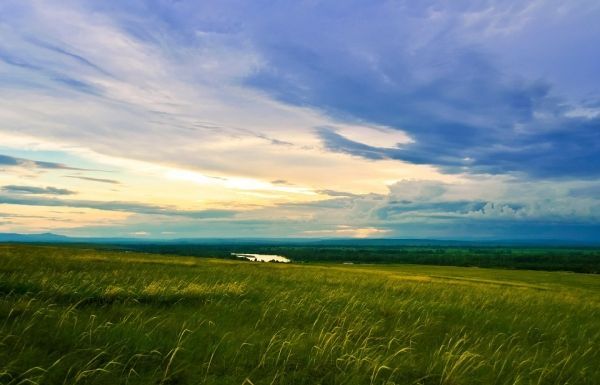Plants are responding in unexpected ways to increased carbon dioxide in the air, according to a twenty-year study conducted by researchers at the University of Minnesota and published in the journal Science. For the first 12 years, researchers found what they expected regarding how different types of grasses reacted to carbon dioxide. However, researchers’ findings took an unanticipated turn during the last eight years of the study.
Plants are responding in unexpected ways to increased carbon dioxide in the air, according to a twenty-year study conducted by researchers at the University of Minnesota and published in the journal Science. For the first 12 years, researchers found what they expected regarding how different types of grasses reacted to carbon dioxide. However, researchers’ findings took an unanticipated turn during the last eight years of the study.
Researchers planted 88 plots with two different types of grasses, warm-season C4 grasses and cool-season C3 grasses, and exposed them to different levels of carbon dioxide, current carbon dioxide levels and the elevated levels the Earth might experience later this century due to human activity.
“Because carbon dioxide is needed by plants to grow, we expected grasses that have the C3 photosynthetic pathway to grow more under elevated CO2, because these plants are known to be able to increase their CO2 capture as CO2 levels rise. We also expected that growth of grasses with the C4 photosynthetic pathway would not be affected by higher CO2 levels, because these plants are generally less able to capture extra CO2 as CO2 levels rise,” said University of Minnesota Professor Peter Reich. “While that held true for the first dozen years, that pattern changed.”
Researchers found that during the last eight years of the study, C4 plant species grew more in an elevated CO2 environment than C3 plants. While it’s uncertain why this shift happened, these findings could have significant implications.
Read more at University of Minnesota
Photo Credit: Larisa-K via Pixabay




